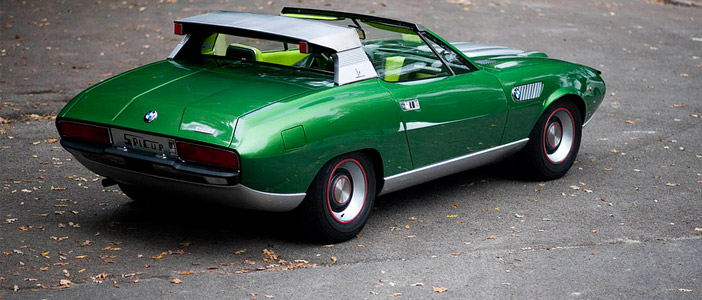Bonhams auctions off the famous 1969 BMW ‘Spicup’ Convertible Coupé

The ‘concept’ or ‘show’ car emerged after WW2 as a means of generating publicity and gauging the public’s reaction to often-radical ideas for new models. They were built as design proposals, rolling laboratories, marketing experiments, automotive provocations and everything in between. Without them and their (usually) female decoration, international motor shows would have remained little more than uninspiring mega-showrooms. Most of these show cars enjoyed only limited exposure, mainly for the benefit of the international motoring press.
What happened to these extraordinary vehicles after their short-lived career in the public eye depended primarily on the period they were made in. During the 1950s, development budgets were tight and one-off experimental cars were usually sold after the show period, just like a car from the production line. Such disposal was made possible by the fact that these early show cars were (more or less) normally functional, being largely based on the chassis and mechanical components of some existing model.
Until the 1970s, show cars were produced by specialised coachbuilders, which would deliver tailor-made cars to both carmakers and an affluent international clientele. This haute voiture niche, the heritage from the inter-war period, would quietly fade away, affected by changes in mass-production technology and increasingly stringent homologation requirements.
